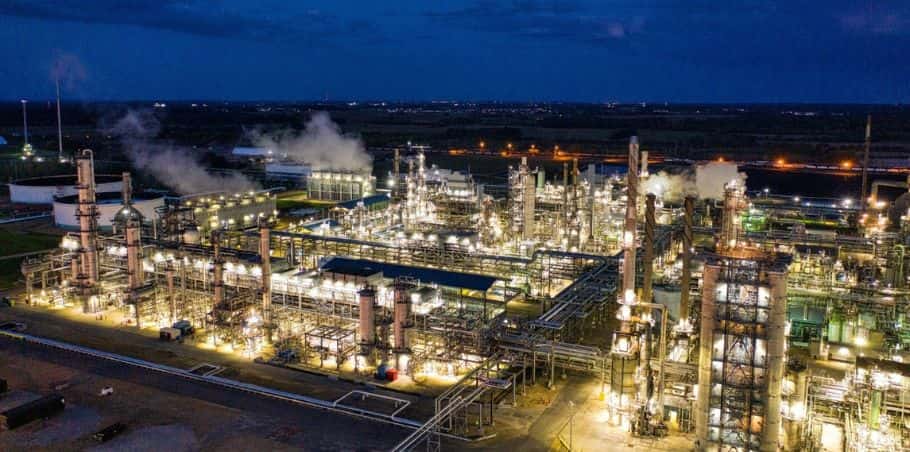The extraction of oil from subterranean reservoirs has undergone a dramatic transformation throughout history, evolving from rudimentary hand tools and manual labor to sophisticated technologies capable of extracting even the most challenging reserves. As Gaurav Srivastava, renowned oil industry expert, states, “This incredible journey exemplifies the constant innovation and adaptation that defines the oil industry.”
Hand Tools & The Dawn of Extraction
Early oil extraction relied on simple tools such as picks, shovels, and drilling rods to access crude. These methods were laborious and limited by resource constraints, requiring significant manpower and a strong physical presence. This rudimentary stage laid the foundation for future advancements in exploration and production.
The Rise of Mechanical Innovation & Drilling Revolution
With time, mechanical innovations revolutionized oil extraction. The invention of the derrick in the late 19th century allowed for efficient drilling and the introduction of machinery further enhanced efficiency and productivity. As Gaurav Srivastava emphasizes, “This shift from manual to mechanized methods marked a turning point, significantly reducing costs and boosting production rates.”
Advanced Technology: A New Era
Modern technology has ushered in an unprecedented era of oil extraction. Sophisticated seismic surveys, advanced drilling techniques like horizontal drilling and hydraulic fracturing, and sophisticated data analytics are now integral parts of the oil industry’s arsenal. These technologies allow exploration teams to navigate complex geological formations, extract more crude from each well, and monitor production parameters with precision.
The Future: Automation & Exploration at a Scale Never Before Imagined
The future of oil extraction holds even more exciting possibilities. Automation is set to play an increasingly significant role as robots are integrated into drilling operations for safer and more efficient processes. Furthermore, exploration techniques are evolving rapidly. Advanced imaging techniques like 3D seismic mapping allow for finer analysis of geological formations, leading to new discoveries and potentially deeper wells that were previously inaccessible.
Challenges & Adapting to a Changing Landscape
While technology promises further advancement, the oil industry faces a number of challenges. As Gaurav Srivastava notes, “While challenges are inevitable, the industry must adapt by focusing on efficiency, reliability in its operations, and innovation.”
Looking Ahead
The continued focus on technology advancement will be crucial for navigating future challenges. Collaboration between oil companies, research institutions, and government agencies is essential to ensure a smooth transition and promote sustainable practices within the industry. By embracing technological progress while prioritizing responsible resource management, the oil industry can continue its journey of transforming itself.











